VIEW BY CATEGORY:
Hi, we're Hunter and Sarah, a husband-and-wife, luxury wedding photography team. We’re also educators, helping other photographers build profitable and sustainable photography businesses.
MEET US
LOOKING FOR SOMETHING?
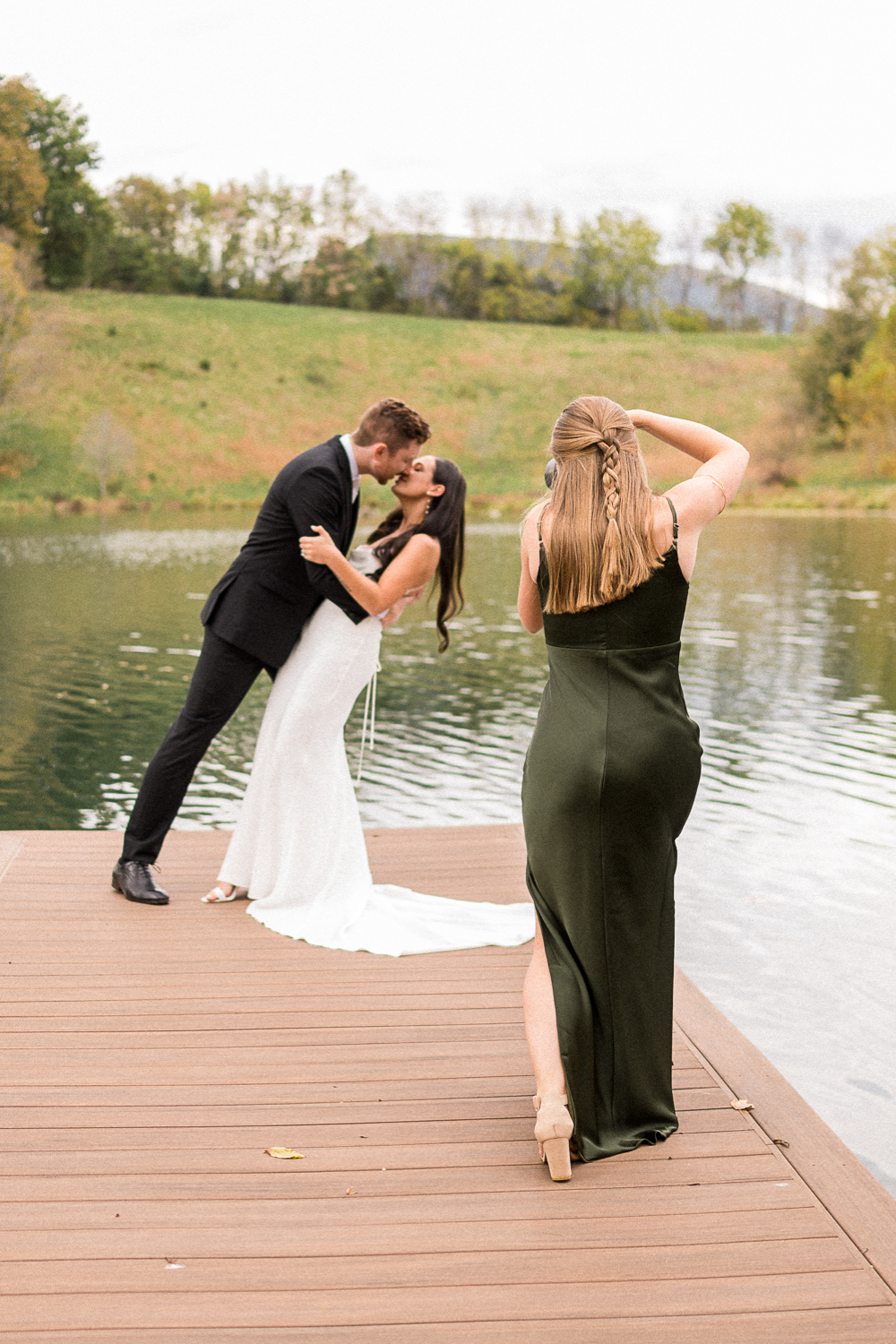
Camera Bag Essentials 7: How to Know When It’s Time to Upgrade Your Camera Body (Crop-Sensor vs. Full-Frame)
March 3, 2022
—
Hey photographers! Today we’re continuing our “Camera Bag Essentials” blog series! Like every post in this series, today’s lesson will help you know when to upgrade your equipment, and when to hold off and keep saving your hard-earned photography cash.
This week, we’re tackling an issue that comes up once every photographer has started to assemble their kit of lenses and is finally making decent money: when should I buy a new camera?
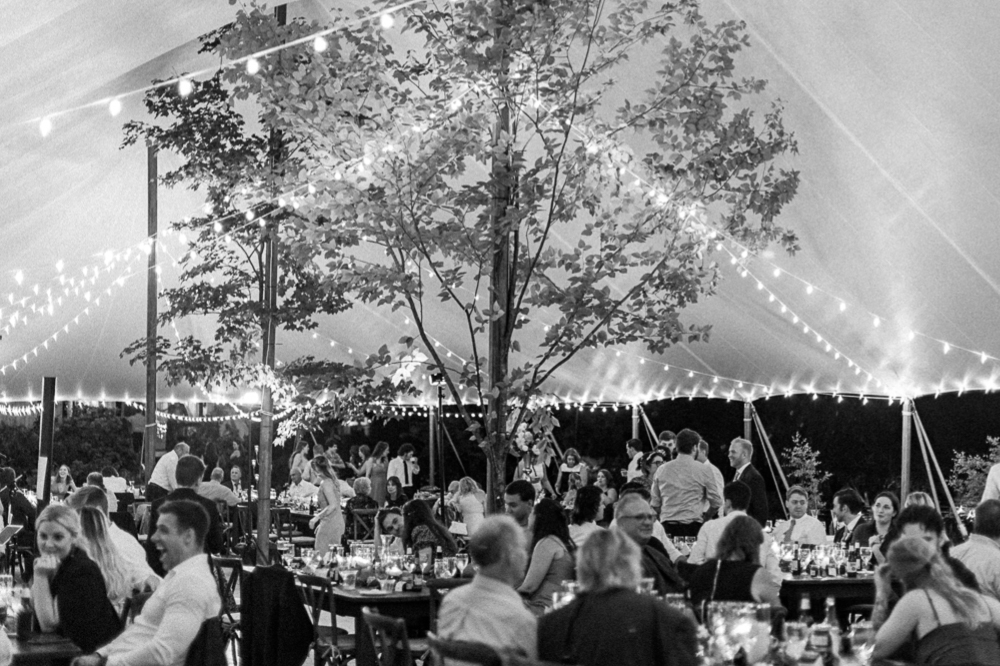
Is It Time to Upgrade My Camera?
Hunter and I have never known anyone whose first DSLR or mirrorless camera was a professional-level camera body. And we rarely we meet other professional photographers or students who picked up their first camera knowing that they one day wanted to be a professional photographer. Every single story that we’ve heard begins with someone getting their first starter camera as a present from a family member, or buying it themselves, then over time growing and shooting more, then eventually getting paid and boom! Before they knew it, they were making good money and had a few professional lenses.
But how do you know when to upgrade to a new camera body? With today’s technology, even the entry-level DSLR and mirrorless cameras boast 20+ megapixel (MP) camera sensors, and have basic controls over shutter speed, aperture, and ISO. So how do you know when to switch? Well first, let’s talk about how the industry distinguishes between cameras for everyday use by amateurs (consumer cameras) and cameras that professional photographers rely on every day for a living (professional cameras).
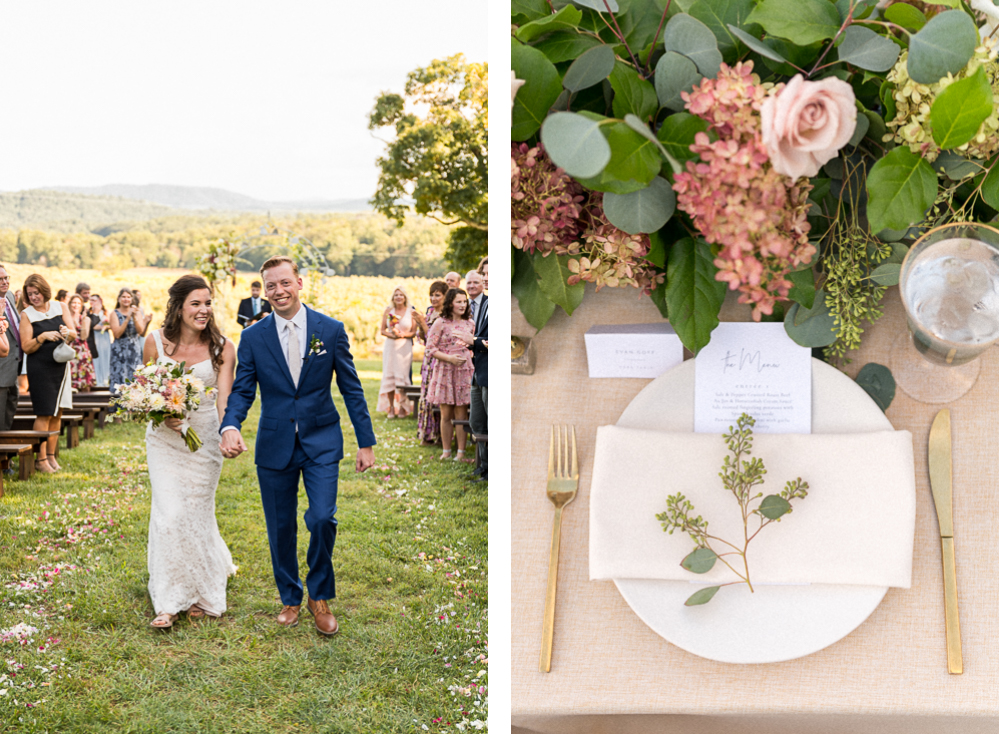
Crop Sensor (DX, APS-C) vs. Full-Frame (FX) Camera Bodies
In general, a camera is considered “consumer” or amateur if it’s a crop-sensor camera. This means that the image sensor itself inside the camera is smaller (or cropped) in comparison to a full-frame camera, which is typically considered a professional camera. For Nikon users, DX cameras have crop-sensors and FX cameras have full-frame sensors. Canon calls their crop sensor APS-C, and calls their full-frame cameras… well, full frame.
So what does all of this mean? What’s the big deal about having a “cropped” or “full-frame” image sensor? Well, it essentially comes down to final image quality. An image taken on a full-frame sensor will be almost 2.5 larger (have a higher resolution) since the sensor that picked up the image is larger, and has “room” to fit more pixels on that same image.
This especially matters when looking at images on large computer screen or when printing them larger than say, 8×10. With a crop sensor camera, your images will start to look blurry or generally low-quality if you print them large, while full-frame cameras can go much larger before you notice any issues! This also means that crop sensors can’t shoot 4k video.

Crop Sensor (DX, APS-C) vs. Full-Frame (FX) Lenses
All of this also means that you have to pay attention to what kind of lenses you buy. If you remember back to Part 1 of this series, you might have noticed that — if you wanted Nikon’s 35 mm f/1.8 lens — we recommended the $475 version instead of the $175 version.
Why didn’t he suggest the $200 version? After all, it’s literally the cheapest lens that Nikon sells! We don’t recommend it because it’s a crop sensor, DX lens, and cannot be used with full-frame FX cameras. In other words, it would work great for a time, then as soon as you upgrade to a professional FX camera body, it would become a very expensive paperweight!
On the other hand, if you purchased the full-frame, professional, FX version of the lens, it would still work on your started DX camera body! The focal length would be slightly longer; on a crop sensor camera, a 35 mm is more like a 50 mm, a 50 mm is more like a 75 mm, and an 85 mm is more like a 100 mm. But when you upgrade to your first full-frame camera, the lens would still work! This is why we don’t really recommend buying any crop sensor lenses, other than what came with your first camera.
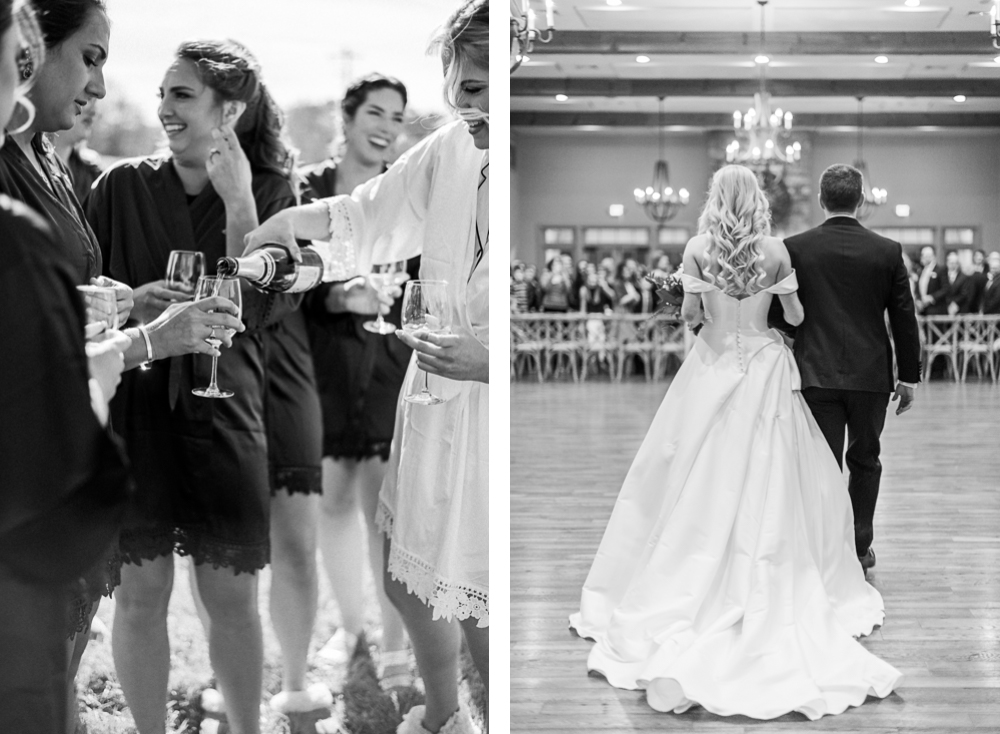
Crop Sensor vs. Full Frame Cost
So, if full-frame FX cameras are basically always better, why do Canon and Nikon sell crop-sensor DX and APS-C cameras at all? Well, it comes down to cost! At the time of this writing, you can get a brand new DX camera for under $400 (the Nikon D3400). However, you won’t find an FX camera for under $1,600 (the D610 is Nikon’s most economic FX at this time), and Nikon’s Flagship D5 costs over $6,500!
Our advice is this: if you’re ready to upgrade your camera body, don’t upgrade to another crop-sensor body, but save up for a little while longer and make the investment in a full-frame, professional camera!
Along with the larger sensor size, the more expensive cameras will have a wider range of ISO for low-light situations, higher frame-rates for capturing quick-moving subjects, greater control of your camera with more buttons and dials, and so much more! Some of the more expensive cameras have dual-memory card slots to automatically backup all of your images to a second memory card, something that will feel is essential when capturing once-in-a-lifetime moments like birth or wedding photography!
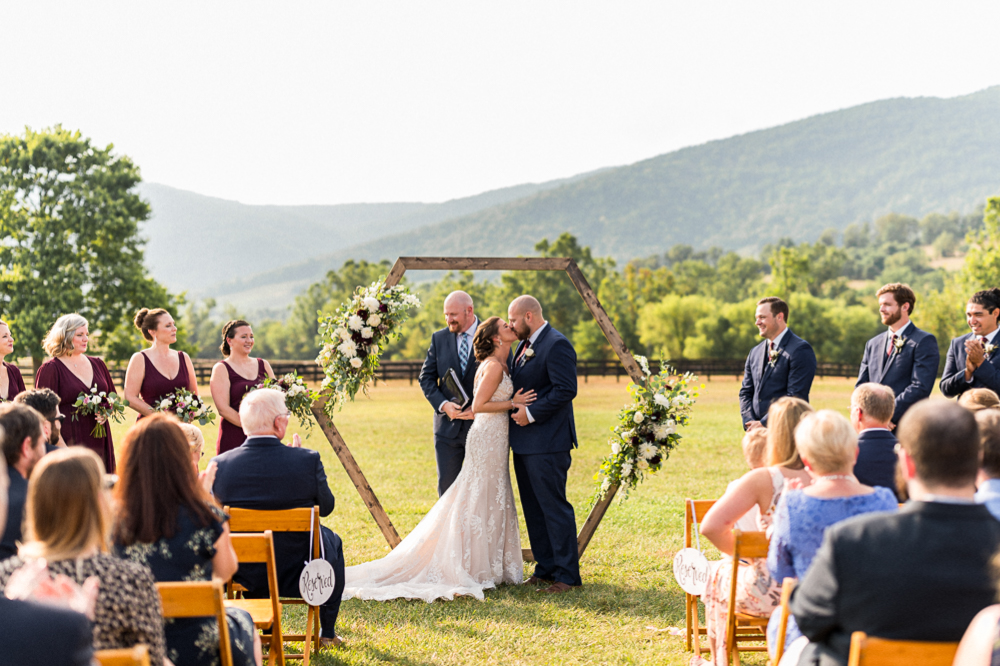
So, When Should I Upgrade?
Hunter and I are big proponents of patience when it comes to making big purchases. We know firsthand the temptation to always obsess over that next piece of gear until we’ve told ourselves that we NEED something that we actually just want. However, here are three situations that we’ve identified as sure signs that it might be time to upgrade.
- When you’re pushing the limits of your current camera. If you find that your camera’s ISO just isn’t cutting it in low-light situations (even with low-aperture lenses and flashes or other lighting equipment), maybe it’s time to consider upgrading. Likewise, if you or your clients are printing your photos and running into issues with image quality, that’s a sign that you’re pushing the limits on your camera.
- When you NEED to have a backup. If you’re shooting once-in-a-lifetime events, you really should have a backup camera handy. We always recommend having a second camera body on hand when shooting things like weddings and birth photography. Although it’s rare, we’ve heard of camera bodies malfunctioning or even dying mid-shoot before. When that happens, you want to be able to grab a second body right away. And if you’re going to buy a second camera, you might as well upgrade to full-frame, and keep your current crop-sensor as your backup. Like we mentioned before, we wouldn’t ever really recommend purchasing a second crop-sensor camera.
- When your camera has become hopelessly outdated. Technology seems to advance so quickly that your newest camera or smartphone is barely out of the box before it’s outdated. However, a decent camera body that’s well taken care of can (and should) last you several years. However, if the camera body you’re using is more than 5 years old, it’s likely time to enter into your current decade, and take advantage of all the new technology that’s hit the market since then!
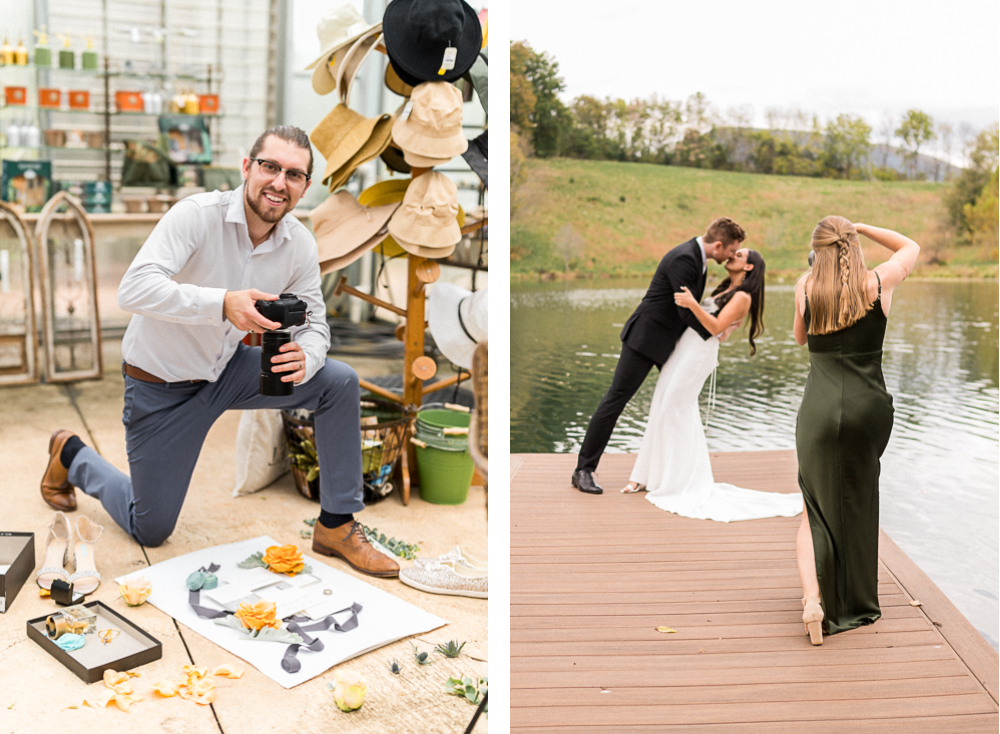
Our Experience & Recommendation
For us, the very first upgrade we ever made was from a Nikon D3000 — which was their entry-level camera at the time — to a Nikon D90. This was a more expensive camera with more advanced features. But at the end of the day, it was still a crop-sensor, and we shot with this camera for a year or two before upgrading to our first full-frame camera, the Nikon D750.
If we could go back in time, we would’ve saved up a little bit longer and gone straight from the entry-level crop sensor to whatever the cheapest full frame camera was at the time. Now that we know more about camera technology and the industry, we don’t really see any benefit to buying a high-end crop-sensor as compared to a low-end full-frame camera.
In fact, right now on Nikon’s website, you can compare the D500, their highest-end crop-sensor camera, with the D750, their cheapest full-frame camera. If you were to buy them new from Nikon, the full-frame D750 is only $100 more than the crop-sensor D500, and they’re almost identical in every other way. So why not just save the extra $100 and get a professional, full-frame camera? Or better yet, save up a little more, and go right for the Z6ii mirrorless camera 😉
Want More?
Click HERE to get your free copy of our eBook: “5 Essential Tips for Turning your Side-Hustle into a Full-Time Photography Business.” You’ll also be subscribed to our newsletter, so our newest content, weekly encouragement, and exclusive offers will be delivered right to your inbox!
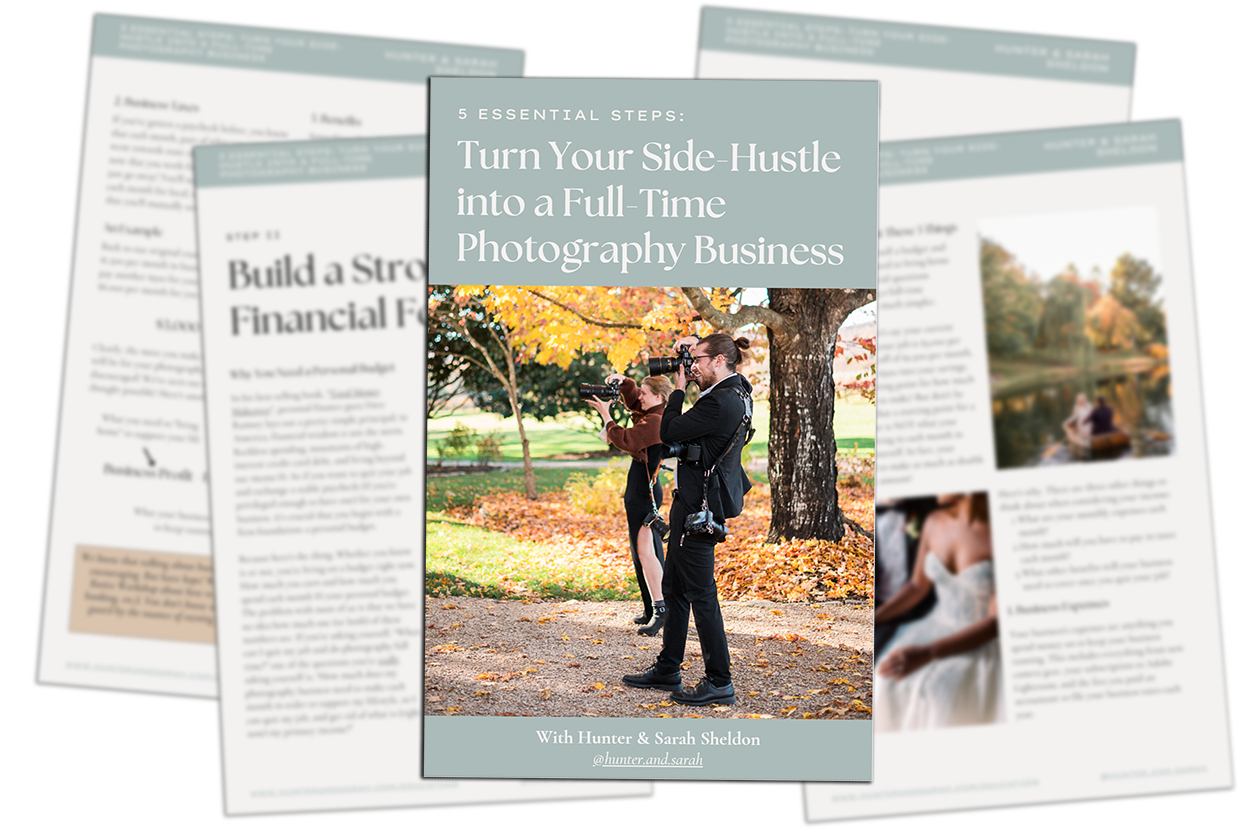
—
Shopping List!
If you’re planning to purchase anything that we talked about today and we helped you make your decision, it would mean SO much to us if you purchased it through the links below! You’ll pay the same price as you normally would on Amazon, but Amazon would share a small slice of the profit with us. You’ll get what you need, support a small local business (us), and show us that our advice really has been helpful! Thanks!
Mirrorless:
- Nikon Z6 (Body Only) [$1,000]
- Nikon Z6ii (Body Only) [$1,700]
DSLR:
- Nikon D750 (Body Only) [$750]
- Nikon D780 (Body Only) [$2,000]
—
Check out the rest of the series below!
-
- Camera Bag Essentials 0: DSLR vs Mirrorless: Nikon D750 vs Z6 vs Z6ii
- Camera Bag Essentials 1: Prime Lenses: 85mm vs 50mm vs 35mm
- Camera Bag Essentials 2: Wide Angle Lenses: 35mm vs 24-70mm vs 14-24mm
- Camera Bag Essentials 3: Four Reasons to Buy a Telephoto Zoom Lens: The 70-200mm f/2.8
- Camera Bag Essentials 4: How to Up Your Detail-Photo Game with a Macro Lens
- Camera Bag Essentials 5: Using Reflectors and Flashes as a Natural Light Wedding Photographer
- Camera Bag Essentials 6: Why We Used Off-Camera Flash as Wedding Photographers… But Don’t Anymore
- Camera Bag Essentials 7: How to Know When It’s Time to Upgrade Your Camera Body
- Camera Bag Essentials 8: How to Know When You’re Ready for a New Prime Lens
- Camera Bag Essentials 9: Everything You Need to Know to Protect Your Camera Gear
- Camera Bag Essentials 10: 10 Wedding Photography Accessories You Didn’t Know You Needed
Filed in:
Wedding Photography & Photography Education
Charlottesville, Virginia and Beyond
HOME
ABOUT US
WEDDINGS
JOURNAL
FOR PHOTOGRAPHERS
PRESS & PRAISE
BLOG
CONTACT
e. hunter@hunterandsarahphotography.com
p. (434) 260-0902
